In online discourse, you may occasionally come across references to Anonib (often stylized as AnonIB). But what exactly is Anonib? Why do some people fear it, while others argue for anonymity in online spaces?
In this article, we’ll unpack every facet of Anonib, its origins, how it works, controversies, risks, legal concerns and how (or whether) users should approach it. My aim is to provide a trustworthy guide that’s useful both for general audiences and for search engines alike.
The Mystery Behind the Name
When you first hear “Anonib,” it often triggers curiosity or even concern. Is it a social forum? A file-sharing site? Something on the dark web? The truth is, Anonib refers to a type of anonymous image board, a platform where users post images (and sometimes text) without registering identities or revealing personal details.
The “Anon” part denotes anonymity, and “IB” is shorthand for “image board.” Thus AnonIB (or “Anonib”) stands for Anonymous Image Board. Over time, it gained notoriety for being a hub of controversial and non-consensual content, and its history is rife with debates over privacy, freedom of speech, and legality.
In the next sections, we’ll dive into how Anonib typically works, the content that’s surfaced, the legal and ethical problems, and practical takeaways for internet users.
The Origins & Evolution of Anonib
To understand Anonib, you have to look at the broader history of image boards. Platforms like 4chan pioneered the idea of anonymous posting with no accounts, minimal moderation, and ephemeral threads. The attraction was free, raw expression. Over time, this format spread, inspiring derivatives and spin-offs that catered to niche interests or less moderated content.
- The Birth of AnonIB
AnonIB emerged within this ecosystem. It was one of the more extreme manifestations: an anonymous board that allowed users to post images freely, sometimes of intimate, edgy, or explicit nature. Because of its lax moderation and anonymity, it became a magnet for content that other platforms would reject.
- Rise, Shutdowns and Clones
Due to legal pressure and public outcry, the original AnonIB experienced crackdowns. Administrators were investigated, servers seized, and many versions of the site went offline. Over time, clone sites and mirror domains appeared, often in jurisdictions less responsive to takedown requests. Some attempted to resurrect the brand Vice reported in 2020 of a revived version echoing the original’s controversial legacy.
Thus, when people refer to Anonib today, they might mean the historical version or any successor/clone attempting to continue its model.
How Anonib (or Similar Boards) Operate?
The defining trait is that users do not need to register or log in. Posts are made anonymously. On paper, this means all users are equal and no identity is tied to an upload or comment.
Minimal Moderation / Oversight
Unlike mainstream platforms, image boards like Anonib historically place minimal moderation. Some rules may exist (e.g. no direct personal information of victims), but enforcement is weak. Over time, rule-evading tactics emerged (e.g. splitting names with periods to bypass filters).
Content Submission & Archiving
Users can upload images, sometimes alongside captions or text commentary. Posts generally remain available for some time (unless removed), and archives of past content are common. Some revived boards claimed to carry archives from previous years.
IP Logging, Metadata, and Indirect Identifiers
While users may be anonymous on the interface, the backend infrastructure can log IP addresses, timestamps, file metadata, and other traces. Even images may carry EXIF or metadata that can be revealing. Some image boards ostensibly strip metadata, but it’s no guarantee.
Types of Content Found on Anonib / Similar Boards
Not everything on these boards is dark. Some portions are dedicated to lighthearted memes, graffiti art, photography or visual experiments.
- Explicit or Erotic Images
One of the major sources of controversy is erotic or explicit imagery. Because of lax oversight, some users share nude or semi-nude photos. The troubling part: many such images are posted without consent.
- Non-Consensual & Revenge Content
This is the darkest side: images taken privately or shared without permission, candid or intimate photos posted to shame, humiliate, or exploit the subject. That’s often called non-consensual pornography (NCP) or revenge porn. AnonIB has been historically associated with such content.
- Personal Identifiers & Doxxing
Some users may post names, phone numbers, social media handles, or other personal details in threads even when the original posters attempted anonymity. This “doxxing” intensifies the risks to victims.
- Fetishization & Objectification
In some variants, boards are organized by ethnic tags (e.g. “AZN” meaning Asian). That can lead to racial fetishization or objectification, treating people of certain backgrounds as a category. (One site discussion mentions “AnonIB AZN” threads targeted at Asian women)
Why Is Anonib Highly Controversial?
There are multiple overlapping reasons why Anonib and its clones draw public condemnation and legal scrutiny.
Violation of Privacy and Consent
When intimate or private photos are posted without the subject’s consent, it’s a profound breach of privacy. The subject often has no control over removal, dissemination, or public humiliation.
Psychological & Social Harm to Victims
Victims may suffer anxiety, depression, reputation damage, stalking, harassment, or even threats. The emotional toll can be massive.
Legal Implications & Criminal Liability
Many countries treat non-consensual image distribution, harassment and privacy violations as illegal. Those who post or facilitate such content can be prosecuted. Also, hosting providers or intermediaries could be pressured legally to block or remove content in certain jurisdictions.
Impunity Through Jurisdiction & Anonymity
Because many clone sites are hosted in jurisdictions with weak enforcement or hosted via anonymity-protecting services, it becomes difficult for victims or law enforcement to take effective action. Sites use tactics like anonymizing domain registration, hiding server locations behind services like Cloudflare, and resisting takedown requests.
Ethical Criticism & Public Backlash
Public opinion has turned strongly against platforms enabling revenge porn, non-consensual imagery and exploitation. Many campaigns demand shutdowns, legislative action, or
Legal Consequences of Using or Posting on Anonib
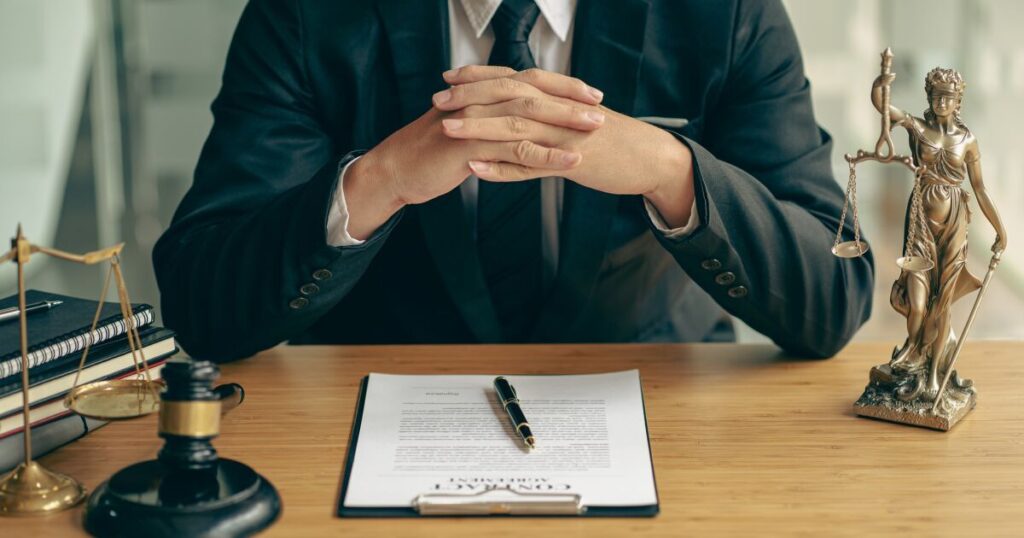
Most nations, including the United States, United Kingdom, Canada and countries across Europe and Asia, now classify non-consensual intimate image sharing as a crime. This includes both the uploading and redistribution of such materials. If someone posts private images without consent, even anonymously, they could face criminal charges, civil lawsuits, or both.
In the U.S., laws differ by state. For example, California’s Penal Code §647(j)(4) makes it illegal to intentionally distribute intimate images of another person without consent. The UK enforces the Criminal Justice and Courts Act 2015, which criminalizes sharing private sexual photos with intent to cause distress. Many jurisdictions also have defamation and harassment laws that apply to online conduct like what occurred on Anonib.
Platform Responsibility and Enforcement
While users may think that an “anonymous” platform cannot be traced, authorities have successfully taken down several instances of AnonIB. The FBI, Europol, and Interpol have executed operations targeting these sites due to revenge porn and child exploitation cases. Hosting providers, once identified, are compelled to cooperate.
Platforms that refuse to moderate or remove illegal content risk domain seizures, civil suits and criminal investigations. AnonIB’s takedowns in 2018 and 2020 were the result of international cooperation targeting image-based abuse.
The Illusion of Anonymity
Users often misunderstand anonymity online. Even if a post appears nameless, digital fingerprints such as IP addresses, timestamps, device identifiers, and metadata can be traced. Many law enforcement agencies use forensic software that reconstructs upload trails through data requests or subpoenas. In short, being anonymous doesn’t mean being invisible.
Legal Protection for Victims
Victims of Anonib-style exploitation can take legal recourse. Depending on jurisdiction, options may include:
- Filing a police report for harassment, stalking, or image-based abuse.
- Submitting a Digital Millennium Copyright Act (DMCA) takedown request if the image was originally taken by them.
- Consulting privacy or cyber law attorneys for civil claims.
- Requesting search engine delisting (e.g., Google’s “Right to be Forgotten” policy in the EU).
There are also non-profit organizations like Cyber Civil Rights Initiative (CCRI) and Without My Consent, which guide victims through these processes.
Ethical Implications: Anonymity vs. Accountability
Anonymity online can be empowering. It allows whistleblowers, victims of abuse, and marginalized voices to share experiences safely. However, it can also be misused to enable harassment, hate speech, or exploitation without fear of accountability. Platforms like AnonIB exemplify this duality.
The Problem of Moral Responsibility
Just because something is technologically possible doesn’t make it ethical. When a user uploads or shares private photos, they’re actively violating another person’s trust and dignity. Digital ethics demand empathy and accountability even in anonymous contexts.
The Role of Platform Moderators
Moderation isn’t censorship, it’s protection. Responsible image boards like Reddit and 4chan’s moderated sections employ strict rules to remove doxxing, hate, or revenge content. Lack of moderation, as in AnonIB’s case, leads to anarchy that fosters abuse.
Building Ethical Online Communities
The internet doesn’t need fewer anonymous spaces, it needs healthier ones. Ethical communities can preserve anonymity while enforcing moral guidelines. For instance, anonymous confession boards and support groups thrive precisely because they respect consent and safety.
The Risks of Visiting or Participating on Anonib
Unofficial or mirror versions of AnonIB often host malware, phishing links, or trojans. Some domains mimic the original site but contain harmful scripts that steal data or install spyware. Since such sites lack HTTPS encryption, data sent or received can be intercepted easily.
Legal and Investigative Risks
Even visiting such sites may be risky. If a site hosts illegal material (especially involving minors), accessing or downloading it even unintentionally could bring severe legal consequences. Law enforcement monitors certain IP traffic patterns from known domains.
Privacy and Data Leakage
When you upload or download content, your IP address, device data and browsing habits may be logged by both the site and your Internet Service Provider (ISP). Even with VPNs, improperly configured tools or poor operational security can leak your real identity.
Psychological Impact
Exposing yourself to explicit or exploitative content can desensitize or disturb viewers. The emotional toll is often underestimated. Victims, witnesses and even bystanders who encounter revenge porn material frequently report anxiety or guilt.
Safer Alternatives for Online Anonymity
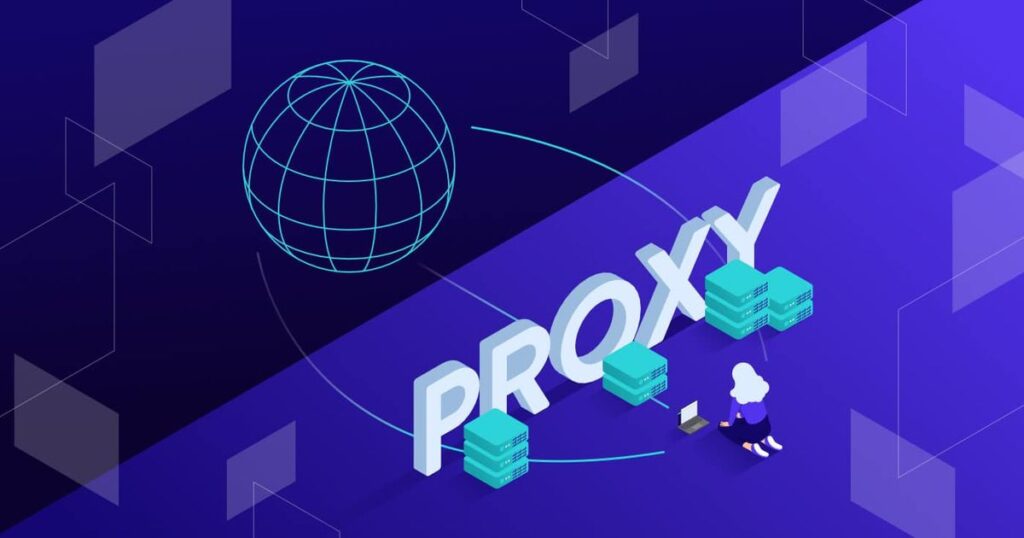
If you seek anonymous interaction online, safer alternatives exist:
- Reddit – Users can remain pseudonymous but interact in moderated spaces.
- 4chan (moderated boards) – While still anonymous, specific boards now enforce stricter rules.
- Whisper or Yik Yak – Focus on local anonymous sharing, with community reporting tools.
- Private journaling platforms – Allow anonymous blogging without public exposure.
Best Practices for Staying Anonymous Safely
- Use a trusted VPN and secure browser like Tor for legitimate privacy reasons.
- Never share personal identifiers (real name, location, school, or workplace).
- Avoid uploading images containing identifiable metadata.
- Regularly clear cookies and cache to prevent tracking.
How Law Enforcement and Activists Respond?
Law enforcement agencies in multiple countries collaborate through Interpol, Europol, and the FBI’s Cyber Crime Division to dismantle exploitative image boards. Past operations have led to arrests of administrators and shutdowns of servers hosting AnonIB clones.
Tech Industry Involvement
Big tech companies, including Google, Facebook, and Cloudflare, have implemented stricter policies to combat revenge porn and illegal hosting. For example, Cloudflare can suspend content delivery for domains proven to share non-consensual images.
Role of Activists and NGOs
NGOs like End Revenge Porn, Cyber Civil Rights Initiative, and Take Back the Tech! educate users, pressure governments for better laws, and assist victims in content removal.
Public Awareness Campaigns
Awareness efforts, especially in schools and workplaces help people recognize image-based abuse as serious crime, not gossip. Educating youth about consent and digital footprint is one of the most effective preventions against the next “Anonib.”
The Psychology Behind Anonib Users
Anonymity gives users a sense of freedom. It removes social judgment, allowing people to express themselves without fear of consequences. However, that same invisibility often fuels reckless behavior. On sites like Anonib, some individuals post shocking or harmful content simply because they feel untouchable behind a screen.
This behavior aligns with a concept called the online disinhibition effect, which describes how people behave more aggressively, intimately or dishonestly online than in person. Without real-world accountability, empathy diminishes, and curiosity can quickly turn into cruelty.
The Thrill of Power and Control
For some, posting or leaking private photos gives them a perverse sense of control or revenge. They justify their actions by blaming victims or dismissing consent as irrelevant. But this is not about empowerment, it’s about manipulation and dominance.
Psychologists compare this to toxic narcissism and voyeurism, seeking validation by objectifying others. The sense of community that forms around such behavior reinforces these impulses, turning cruelty into entertainment.
The Victim’s Perspective
Victims of Anonib-style exploitation often describe it as an “invisible assault.” The damage is digital but feels intensely personal. They experience emotional trauma, paranoia, shame, and long-term anxiety. Many victims report changing jobs, moving homes, or even deleting their social media accounts to escape the aftermath.
Breaking the Cycle
Understanding the psychology behind these behaviors is key to preventing them. Education about digital empathy, ethical online conduct, and the consequences of anonymity abuse must start early. When users recognize that every image represents a real person with feelings and rights, online spaces can begin to heal.
The Future of Anonymous Platforms
As governments and tech companies evolve, total anonymity online is becoming harder to maintain. While privacy advocates value encryption and anonymity, regulators are emphasizing traceability to prevent abuse. The goal is to create platforms that balance freedom of speech with accountability.
AI and Content Detection
Artificial intelligence now plays a major role in detecting revenge porn and non-consensual content. Algorithms can scan for facial recognition matches, watermarks, or explicit imagery, flagging them for removal before they spread. For example, Meta and Google use AI-driven systems that allow victims to register their images so re-uploads are automatically blocked.
Blockchain and Decentralization: A Double-Edged Sword
Some advocates believe blockchain-based decentralized networks can create safe, anonymous spaces resistant to censorship. However, these same tools could be misused by platforms similar to Anonib, making takedowns nearly impossible. The challenge lies in designing ethical decentralized systems that preserve privacy while preventing exploitation.
The Role of Public Awareness and Policy
Public awareness campaigns, along with legislative measures, are shaping the digital landscape. Many governments are enacting image-based abuse laws, increasing penalties for hosting or sharing non-consensual material. The emphasis is shifting from reactive (removal after harm) to proactive (prevention through regulation and education).
How to Protect Yourself from Image-Based Exploitation?
Prevention begins with personal security habits:
- Use strong, unique passwords for each platform.
- Enable two-factor authentication (2FA) on social media and cloud services.
- Avoid uploading sensitive images to online storage unless encrypted.
- Regularly check your online presence using tools like Google Alerts or Have I Been Pwned.
Be Cautious When Sharing Images
Even private exchanges with trusted partners can become public through hacking or revenge. Use encrypted messaging apps like Signal or ProtonMail for sensitive content. Better yet, adopt the mindset that “if you wouldn’t want it public, don’t send it digitally.”
Report and Remove Content Quickly
If you discover your photos or information on a site like Anonib:
- Document the evidence with screenshots and URLs.
- Report it to local authorities and file a cybercrime complaint.
- Contact website hosts or search engines to request removal.
- Reach out to organizations like Cyber Civil Rights Initiative for legal and emotional support.
Emotional Support and Counseling
Victims often feel isolated and ashamed, but they’re not alone. Professional counseling, survivor groups, and digital safety communities provide emotional recovery and empowerment. Healing includes both justice and self-compassion.
Society’s Role in Ending Platforms Like Anonib
Digital literacy must become as essential as reading or math. Schools and universities should teach young people about online consent, cyber ethics and digital footprint management. When users understand the consequences of their online actions, fewer will engage in exploitative behavior.
Community Responsibility
If you see non-consensual content shared in group chats, forums or social media speak up. Reporting and discouraging harmful behavior helps dismantle toxic communities. Silence allows predators to thrive.
Supporting Victims Over Shaming Them
Society often blames victims for taking intimate photos instead of condemning those who violate trust. Shifting this narrative is vital. Everyone deserves privacy, and sharing a private moment never justifies exploitation.
Legislative and Corporate Pressure
Citizens can pressure lawmakers and tech companies to enforce stricter regulations. By supporting petitions, reporting illegal sites, and advocating for better cyber laws, we collectively make the internet safer.
FAQ’s
Is Anonib still active today?
No. The original AnonIB site was shut down following multiple investigations. However, clone sites occasionally appear under different domains. Users should avoid them due to legal and safety risks.
Was everything on Anonib illegal?
Not necessarily, but much of its content violated privacy and consent laws. Its reputation was largely built on hosting explicit, non-consensual material.
Can you remain truly anonymous online?
Complete anonymity is nearly impossible. While VPNs and Tor networks provide privacy, data traces and metadata can still reveal user identities through forensic investigation.
What should I do if I find my photos on a site like Anonib?
Document the URLs, file reports to authorities, contact hosting services, and use takedown tools like Google’s content removal form. Seek legal and emotional support from organizations specializing in image-based abuse.
Are there safe ways to explore anonymity online?
Yes. Use moderated, reputable platforms that enforce consent and safety. Anonymous interaction doesn’t have to mean unsafe, it just requires responsibility.
Conclusion
Anonib’s story is a cautionary tale about the dangers of unregulated anonymity. What began as a space for freedom turned into a breeding ground for exploitation, harassment, and privacy violations. The platform’s eventual downfall reflects society’s growing intolerance for digital abuse.
Yet, it also teaches valuable lessons. Anonymity isn’t evil it’s a tool. Like any tool, its value depends on how it’s used. When wielded responsibly, it protects speech and identity; when abused, it destroys lives.
The internet’s future depends on balancing preserving privacy while promoting accountability. Each of us plays a part in shaping that future, by choosing empathy, practicing consent and standing against online exploitation.

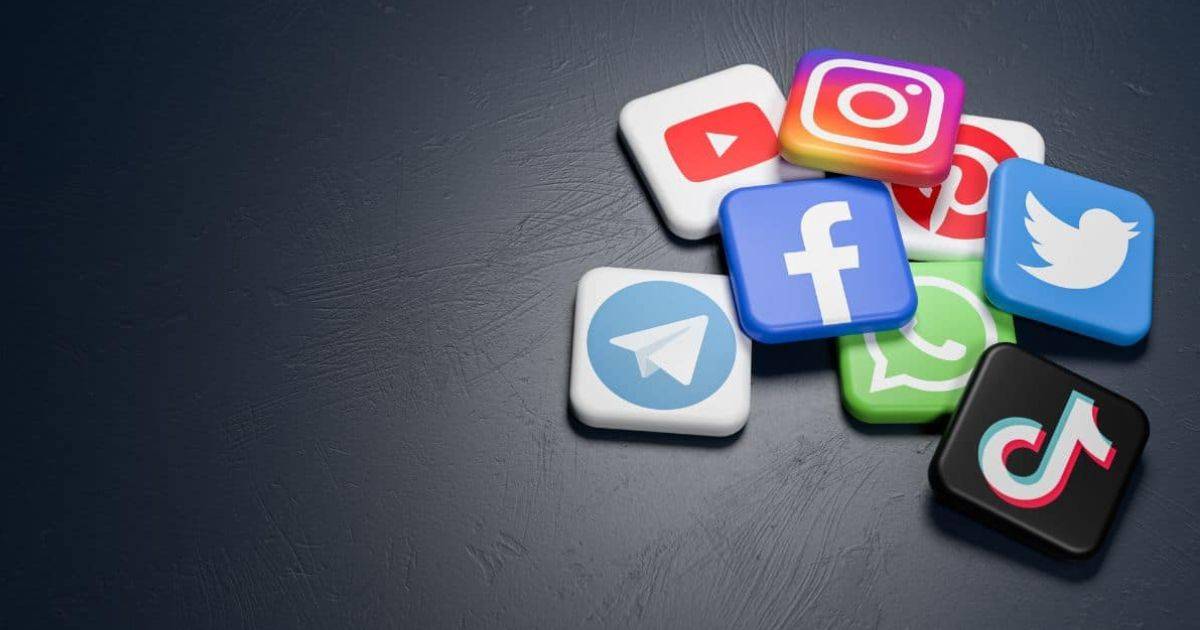
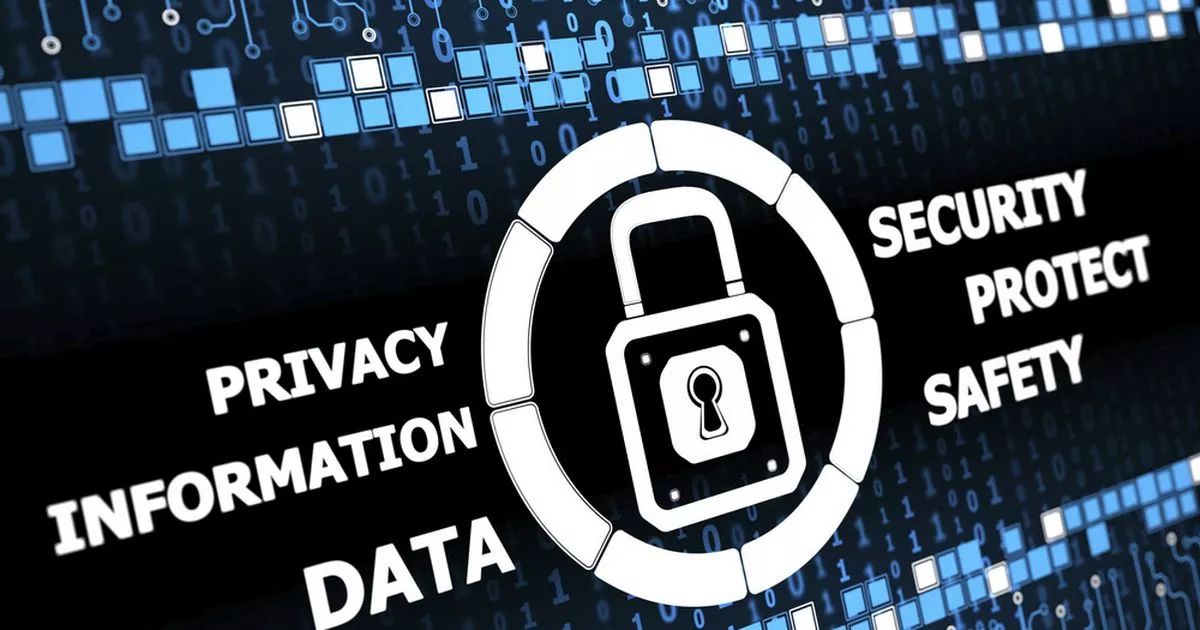
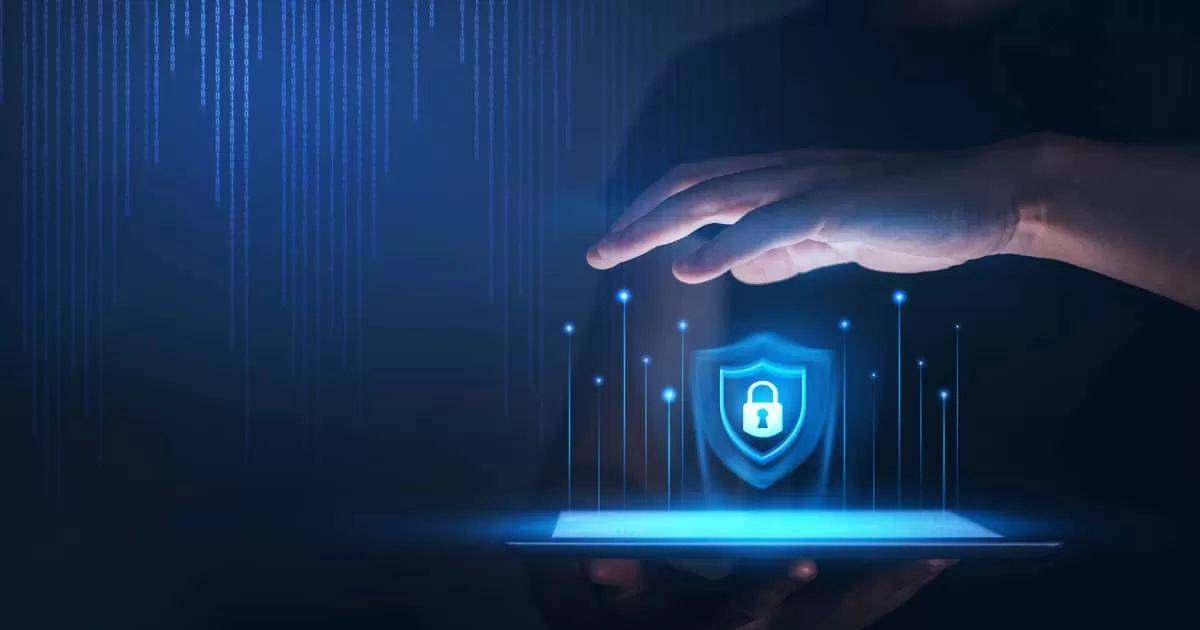
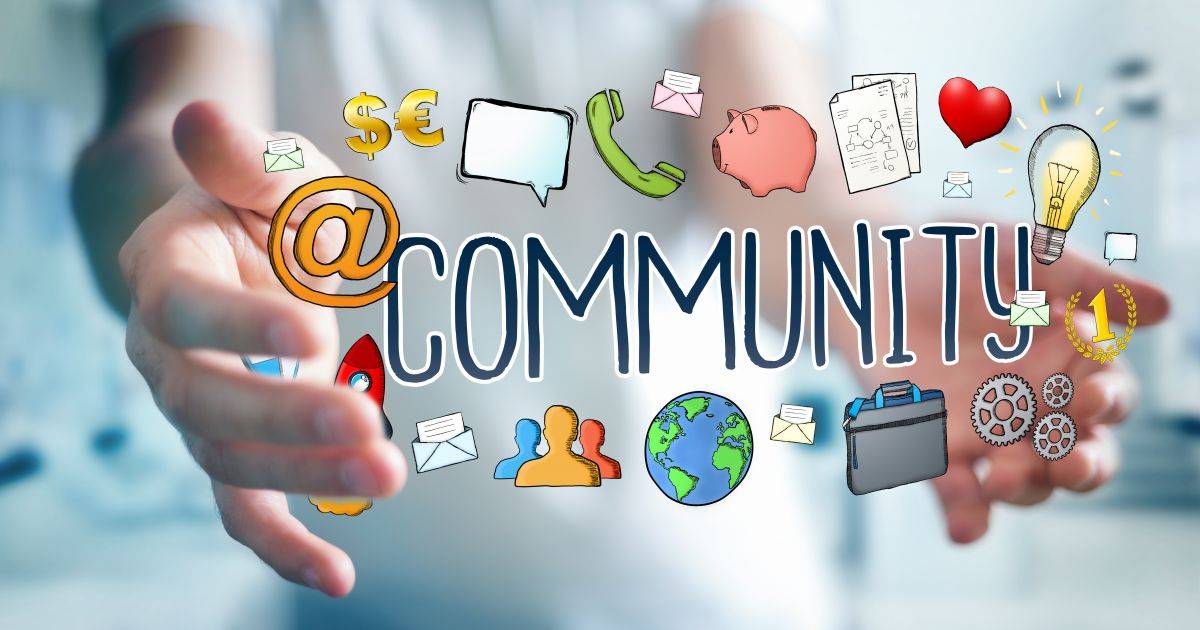

Leave a Reply